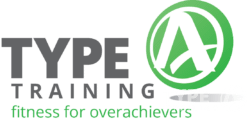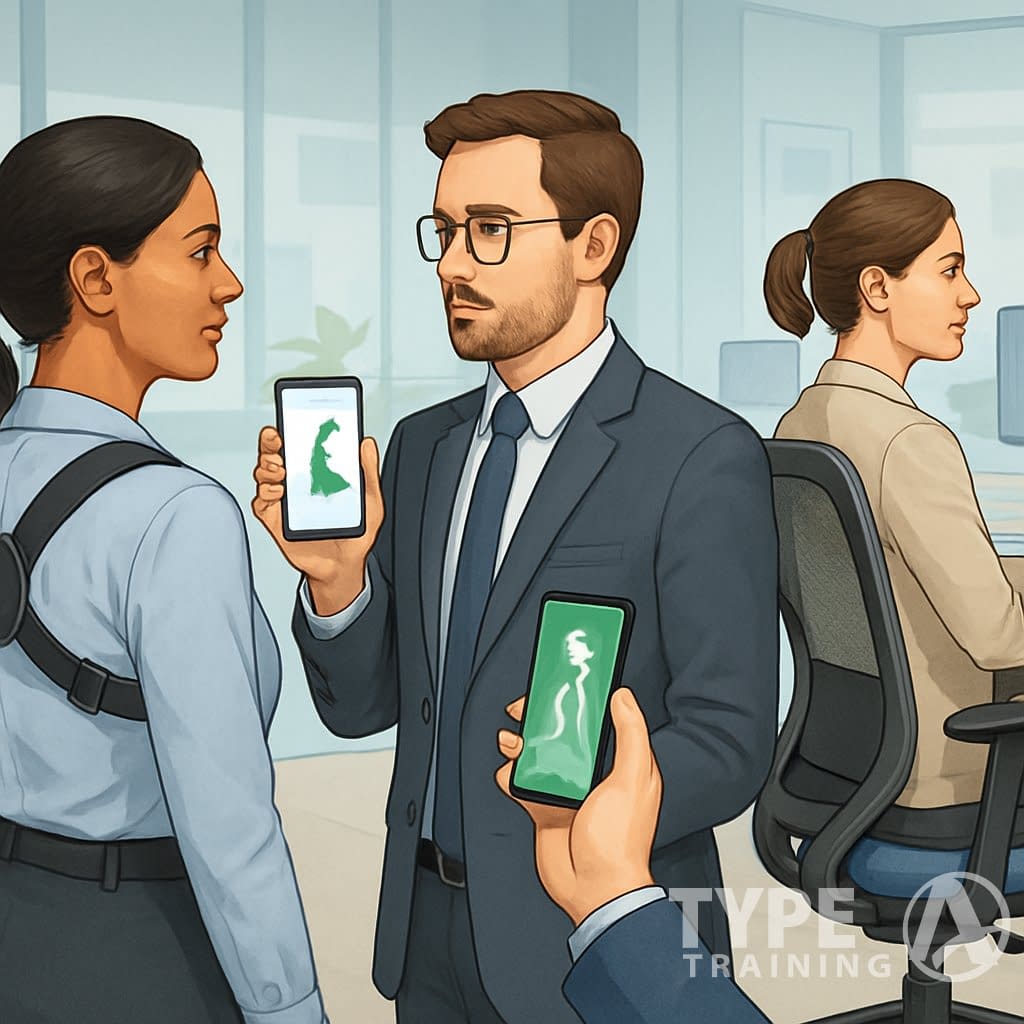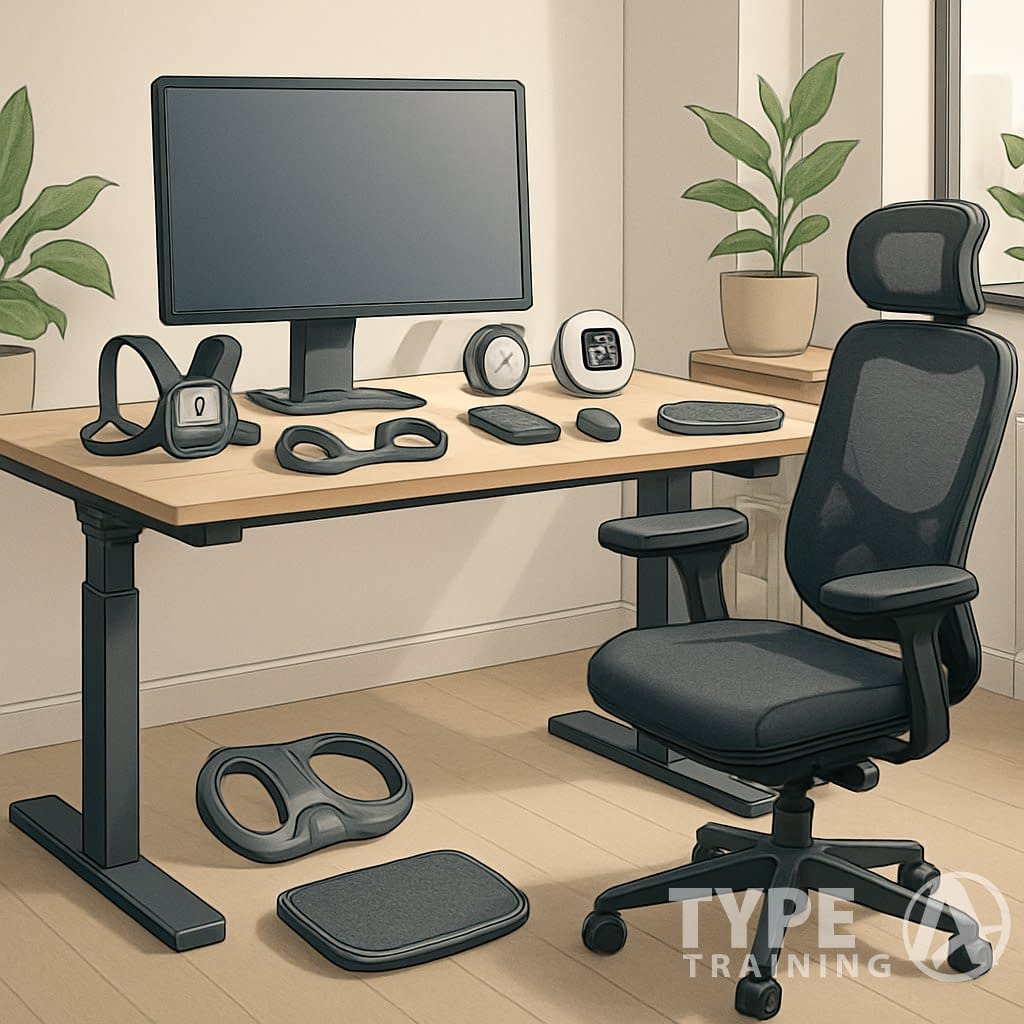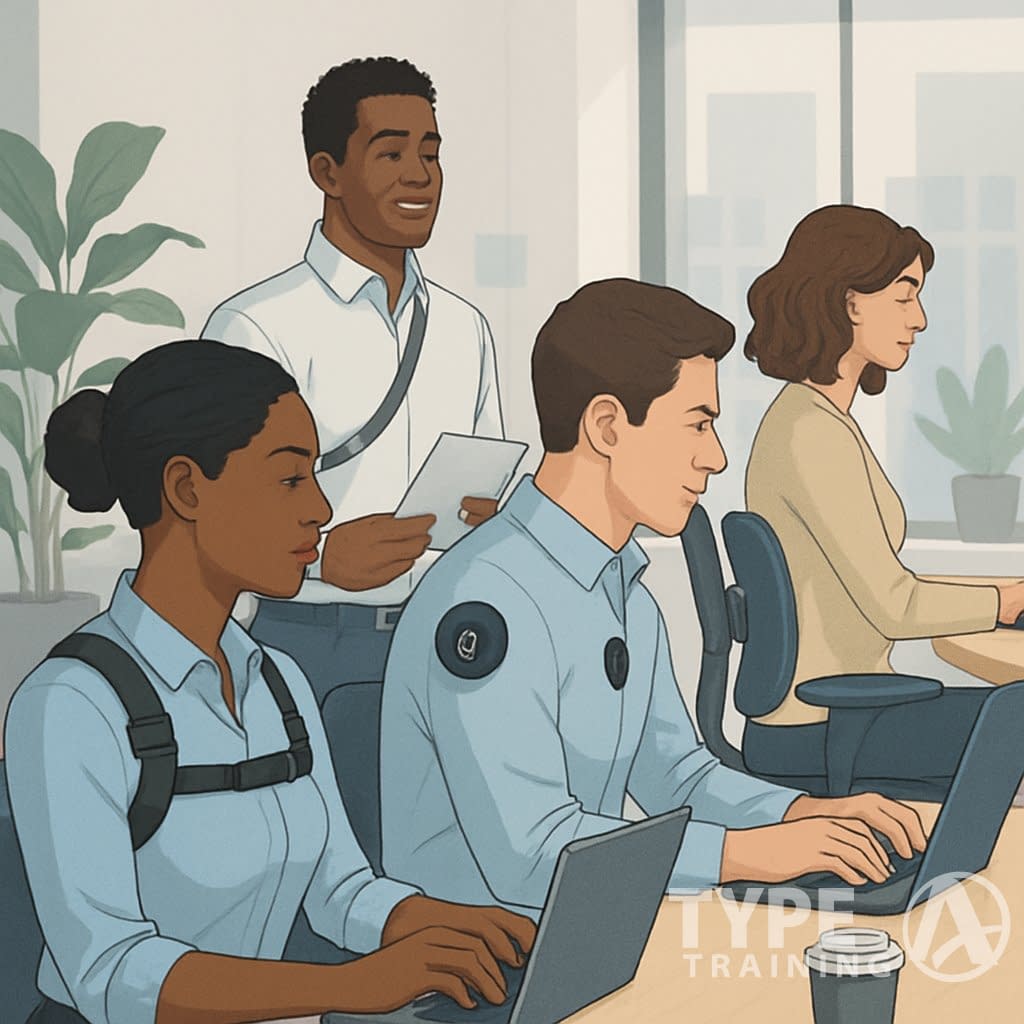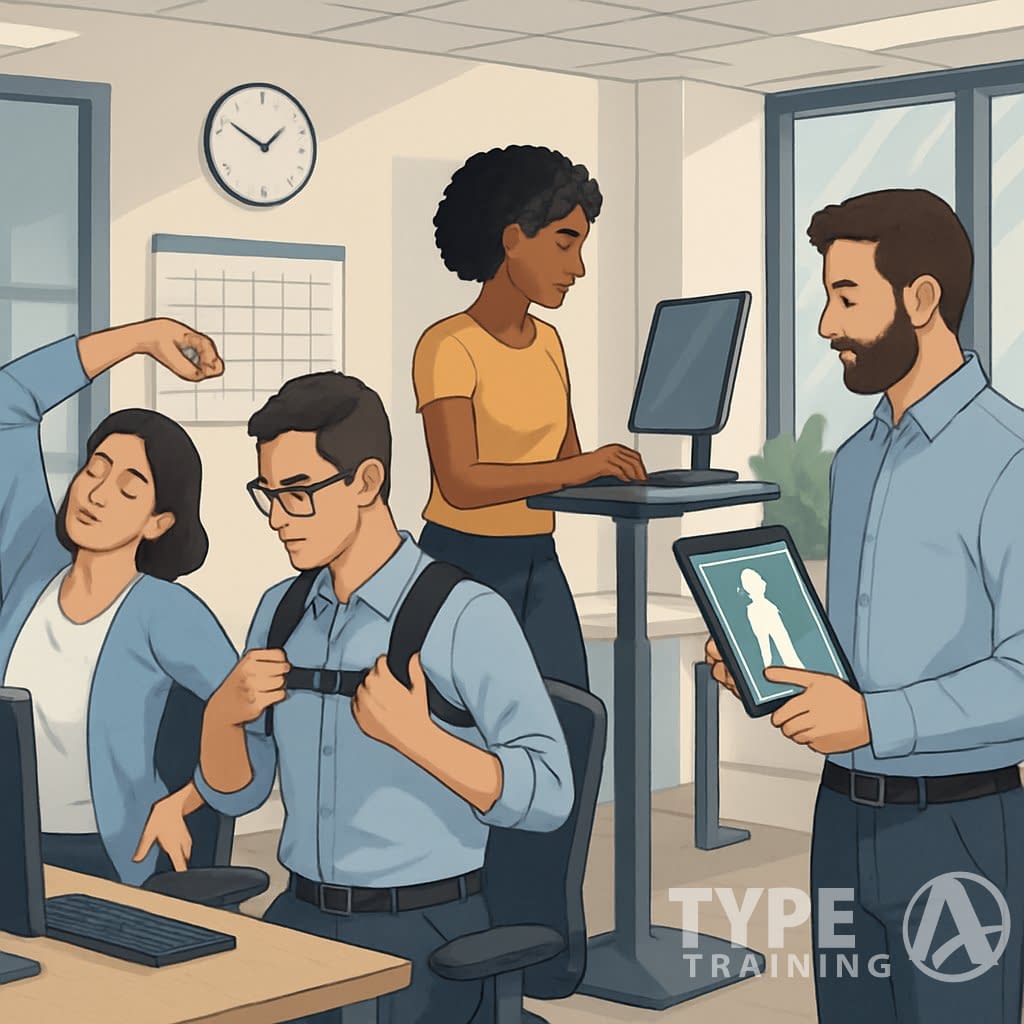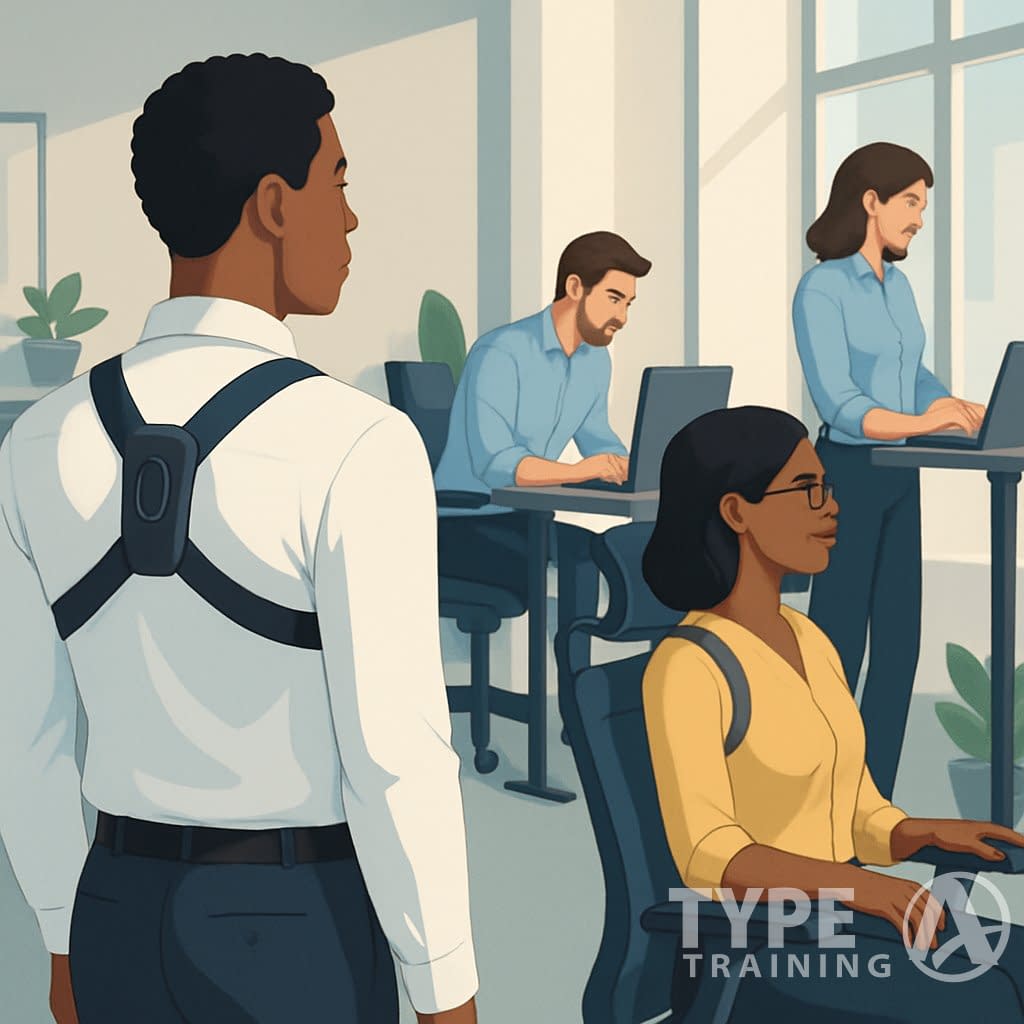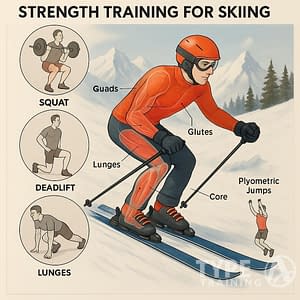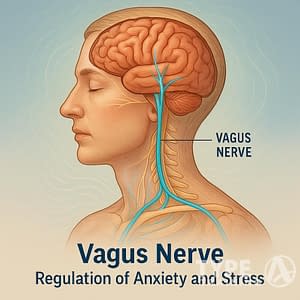Poor posture plagues millions of busy professionals. Long hours hunched over computers can trigger chronic back pain, drain your energy, and kill productivity.
The constant forward head position and rounded shoulders from desk work mess with your muscles—even after you’ve left the office.
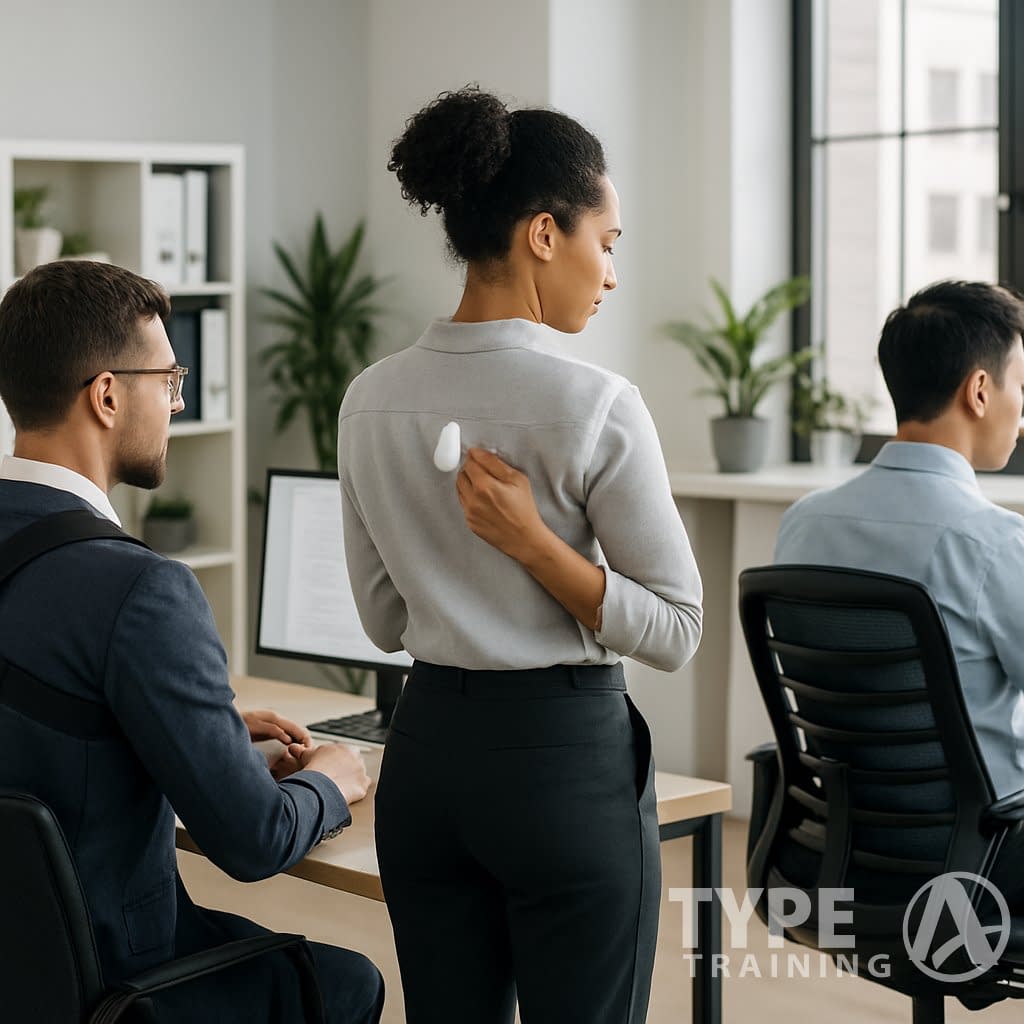
The right posture training tools help you keep proper alignment all day. From smart posture correctors that buzz when you slouch to ergonomic desk accessories, these gadgets train your muscles and provide support when you’re tired.
Popular posts:
Investing in the best posture training tools not only improves your physical health but also boosts your productivity levels. When you invest in the best posture training tools, you’re taking a proactive approach to your health.
Utilizing the best posture training tools can significantly enhance your comfort and efficiency as you work. Incorporating these best posture training tools into your daily routine can make a noticeable difference in your overall well-being.
Modern posture tools come in all shapes and sizes. Some are wearables that track your alignment in real-time, while others are simple workspace upgrades.
You can find solutions that fit right into your schedule. Whether you want discreet reminders during meetings or extra support for marathon work sessions, there’s something out there.
Finding the best posture training tools that fit into your lifestyle can lead to a healthier work environment. The integration of the best posture training tools into your workspace can provide substantial benefits.
Key Takeaways
- Smart posture correctors and ergonomic office equipment can reduce back pain and improve alignment for desk workers.
- The best posture tools mix muscle training with real-time feedback to build lasting habits.
- Quick workspace upgrades like lumbar cushions and adjustable monitors offer relief without slowing you down.
Why Posture Matters for Busy Professionals
Using the best posture training tools is essential for maintaining your health. Many busy professionals find that the best posture training tools help alleviate pain and improve their overall well-being.

Poor posture triggers a domino effect of health issues. It can wreck your work performance and well-being.
Modern professional work is mostly sedentary. This shift has made musculoskeletal disorders and even cognitive decline more common.
Effects of Poor Posture on Health and Productivity
Your spine’s natural curves do a lot of heavy lifting. When you slouch or hunch forward, those curves flatten or even reverse, piling extra stress on your muscles and joints.
Poor posture leads to a bunch of immediate health problems:
- Back pain – hits 80% of office workers
- Neck strain – from staring down at screens
- Headaches – thanks to tense neck muscles
- Reduced lung capacity – up to 30% less oxygen intake
- Digestive issues – compressed organs just don’t work as well
These problems tank your productivity. Back pain alone makes workers miss about 12 days every year.
You work slower when you’re uncomfortable or tired. Your energy drops because your body’s working overtime just to keep you balanced.
Poor circulation from compressed blood vessels means less oxygen reaches your brain. That makes it tough to focus or think clearly.
The financial hit is huge. Companies lose $45-54 billion a year to back pain-related productivity drops.
Workers also face higher healthcare costs and less earning potential from missed days.
The Rise of Posture Problems in Modern Work Environments
Technology changed the way you work, but not always for the better. The average office worker sits for 10 hours a day now.
That’s a pretty recent shift in human history.
Remote work hasn’t helped. Home offices usually lack decent ergonomic equipment.
Kitchen tables and couches replace adjustable desks and supportive chairs.
Common workplace posture problems:
| Problem | Cause | Result |
|---|---|---|
| Forward head posture | Looking down at laptops | Neck pain, headaches |
| Rounded shoulders | Reaching for keyboard/mouse | Upper back tension |
| Slouched spine | Unsupportive chairs | Lower back pain |
| Hip flexor tightness | Extended sitting | Reduced mobility |
Your devices don’t do you any favors. Smartphones cause “text neck” from all that downward staring.
Laptops sit too low, so you crane your neck forward.
Work demands make things worse. Long meetings, tight deadlines, and constant multitasking make you forget about how you’re sitting.
Stress builds up tension that pulls your body out of whack.
How Good Posture Supports Mental Health and Cognition
Your posture doesn’t just impact your body—it seriously affects your brain. Good posture increases blood flow to your brain by up to 40%.
That boost delivers more oxygen and nutrients to your brain cells.
Studies show that sitting upright makes people feel more positive and energetic. Folks with good posture even do better on cognitive tests.
Slouching ramps up your body’s production of cortisol, the stress hormone. That messes with memory and decision-making.
Cognitive benefits of good posture:
- Better focus – more oxygen to the brain
- Sharper memory – less cortisol in the mix
- Increased alertness – better circulation keeps you awake
- Improved mood – confident posture lifts your spirits
Breathing gets easier with proper alignment. Deep breaths activate your parasympathetic nervous system, lowering anxiety and boosting calm focus.
Good posture during the day helps you sleep better at night. Less muscle tension means you can actually rest.
Better sleep, in turn, improves your brainpower and mood the next day.
When you feel physically strong and aligned, your mental resilience goes up too. That makes it easier to handle work stress.
Exploring the Best Posture Training Tools for Your Office
Exploring various brands of the best posture training tools can help you find the right fit for your needs. The market for the best posture training tools is vast, and understanding what works for you is key.
Posture training tools fall into three main groups. Wearable devices give you physical reminders and support, digital solutions provide real-time feedback, and active sitting options keep your core muscles engaged.
Wearable Posture Correctors
Traditional posture correctors use straps and supports to pull your shoulders back. They give gentle resistance when you start to slouch.
Strap-based correctors have adjustable straps that go across your back and shoulders. They stop you from hunching by creating tension when you move out of alignment.
The Berlin & Daughter posture corrector and similar models follow this method. They help train your muscle memory by keeping your body in the right position.
Posture corrector bras combine support with correction, offering a discreet fix for women.
Most wearable correctors work best if you wear them 2-3 hours a day. Wearing them all day can actually weaken your core since the device does the heavy lifting.
You’ll see immediate improvement, but these don’t really build the muscles you need for long-term health.
Digital Posture Devices and Apps
Digital posture devices use sensors and apps to keep tabs on your alignment. They alert you when you slouch or stay in a bad position too long.
The Upright Go 2 sticks to your upper back and buzzes when you hunch. It connects to an app that tracks your habits and progress.
These gadgets give real-time feedback without restricting your movement. You can wear them under your clothes, and no one will even notice.
Smartphone apps can use your phone’s camera or sensors to monitor posture. Some just remind you to check your position every so often.
The main perk is awareness. Most people don’t realize how much they slouch until they start getting those reminders.
Digital tools help you build better habits through consistent nudges. They’re especially handy if you get lost in your work.
Active Sitting Solutions
Incorporating the best posture training tools into your work routine will foster stronger habits over time. The best posture training tools are designed to help you stay engaged and improve your posture.
Active sitting tools make your core work while you sit. That builds up the muscles that support good posture.
Balance balls replace regular chairs and force your core to keep you upright. Your body makes tiny adjustments all day to stay balanced.
Wobble cushions add a bit of instability to your chair. They’re less dramatic than balance balls but still keep your core engaged.
Standing desk converters let you switch between sitting and standing. This breaks up bad sitting habits and works different muscle groups.
These tools make your core stronger over time. Strong core muscles are key to holding good posture without help.
You get long-term muscle development instead of just a quick fix. But they do take more effort and might feel tiring at first.
Active sitting options help you avoid the muscle weakness that often creeps up on busy professionals.
Ergonomic Desk and Office Upgrades
Your desk setup matters more than you think. Supportive seating with lumbar support, adjustable workstations, and smart accessories can make a real difference.
Making use of the best posture training tools ensures that you have the right support throughout your workday. The best posture training tools can offer a blend of comfort and functionality.
Ergonomic Office Chairs and Lumbar Support
A good ergonomic office chair is the backbone of healthy posture. Go for chairs with adjustable height, seat depth, and armrests so you can fine-tune your position.
Key Features to Look For:
- Lumbar support: Built-in support keeps your spine’s natural curve
- Adjustable height: Lets your feet rest flat, knees at 90 degrees
- Seat depth: Leaves a couple inches between the seat and your knees
- Breathable materials: Stops you from overheating during long stretches
If your chair’s lacking, a lumbar support cushion is a budget-friendly fix. Memory foam options mold to your back and encourage proper alignment.
Back braces can also help, training your muscles to hold the right position. These work alongside your chair to ease lower back strain.
Desk Converters and Standing Desks
A standing desk or desk converter can totally change your workspace vibe. Switching between sitting and standing eases pressure on your spine and makes your back muscles work.
Benefits of Height-Adjustable Workstations:
| Feature | Benefit |
|---|---|
| Position variety | Prevents muscle stiffness |
| Improved circulation | Less swelling in your legs |
| Better spinal alignment | Less back pain |
| Increased energy | More focus and productivity |
A sit-stand desk gives you the most options, letting you move throughout your day. If you can’t swap out your whole desk, a converter sits right on top of your current setup.
Start with 15-30 minutes of standing at a time. Let your body get used to it before increasing the intervals.
Supportive Accessories: Footrests and Anti-Fatigue Mats
An adjustable footrest helps if your feet don’t quite reach the floor. This simple tool keeps your knees at the right angle and your spine aligned.
Footrest Benefits:
- Takes pressure off your lower back
- Boosts leg circulation
- Stops you from slouching or jutting your head forward
- Lets you move a bit to keep muscles awake
If you’re using a standing desk, an anti-fatigue mat is a must. It cushions your feet and encourages subtle movement.
These mats ease joint pressure and keep you from getting tired standing on hard floors. Look for beveled edges for safety and a textured surface to help you shift your weight.
Selecting the Right Posture Tool for Your Needs
When selecting the best posture training tools, consider your individual requirements and preferences. Tailoring your choice of the best posture training tools to your specific needs is essential.
Picking the right posture tool is all about your unique challenges and needs. Think about your pain points, what features matter most, and when you might need professional advice.
Understanding Your Posture Challenges
Figure out your problem areas before buying anything. Different tools target different issues.
If you get neck pain from looking down at screens, a laptop stand or monitor riser might do more for you than a posture corrector.
Lower back pain from too much sitting often needs lumbar support or a standing desk converter.
Neck strain and carpal tunnel syndrome each call for their own solutions.
Common workplace issues:
- Forward head posture causing neck pain
- Rounded shoulders from desk work
- Lower back compression from weak chair support
- Wrist strain from bad keyboard positioning
Track your symptoms for a week. Notice when pain hits and what you’re doing at the time.
People with scoliosis or serious spinal alignment problems need different tools than those with just a few bad habits. If you feel muscle fatigue by the end of the day, your setup probably needs tweaking.
RSI (repetitive strain injury) often calls for ergonomic tools rather than posture correctors.
Comparing Device Features and Comfort
Comfort matters more than features you won’t use daily. The best tool is the one you’ll actually wear or use consistently.
Posture reminder apps come in handy for busy professionals who forget to check their position. They send alerts and don’t need extra equipment.
Wearable devices should feel lightweight and breathable. Avoid anything that restricts movement during work.
Key features to compare:
| Feature | Benefits | Drawbacks |
|---|---|---|
| Vibration alerts | Discrete reminders | Battery needs charging |
| Adjustable straps | Custom fit | Can loosen over time |
| Mobile apps | Progress tracking | Requires phone nearby |
| Ergonomic cushions | Passive support | Not portable |
Test comfort during typical work activities. Can you type, reach, and move normally?
Some devices fit certain body types better. Broad shoulders may need different strap adjustments than narrow frames.
Breathable materials help prevent sweating during long wear. Memory foam cushions hold their shape better than basic padding.
When to Consult a Professional
See a physical therapist if pain continues after using posture tools for several weeks.
Warning signs you shouldn’t ignore:
- Pain that worsens with tool use
- Numbness or tingling in arms or legs
- Headaches that increase in frequency
- Body alignment issues that affect daily activities
Orthopedic surgeons address severe structural problems like advanced scoliosis or disc issues.
A physical therapist can check your spinal alignment and recommend tools for your situation. They usually know which devices work best for different workspaces.
Don’t put off professional help if simple tools aren’t easing symptoms within 4-6 weeks of steady use.
Some conditions need medical treatment before posture tools will help. Carpal tunnel syndrome might need splinting or other care first.
Professional assessment saves you from buying tools that won’t solve your specific problems.
Integrating Posture Training Into a Busy Lifestyle
Building healthy posture habits doesn’t take hours or complicated routines. Simple workplace tweaks, quick movement breaks, and daily consistency help you develop proper sitting posture and long-term posture support even with a busy schedule.
Workplace Routines and Healthy Habits
Start your posture training at your desk with simple ergonomics tweaks. Set posture reminders on your phone or computer every 30 minutes to check your alignment.
When the reminder goes off, reset your shoulders and engage your core for 10 seconds. Keep a water bottle at the far end of your desk so you naturally stand and stretch when refilling.
Create micro-habits that attach to things you already do. While your computer boots up, do 5 shoulder rolls backward. Stand up and walk around your workspace during phone calls.
Simple Daily Desk Habits:
- Adjust monitor height to eye level each morning
- Do 3 chin tucks before checking emails
- Take standing breaks during long video calls
- Practice wall sits for 30 seconds while waiting for meetings
Block 2-minute “posture breaks” between meetings on your calendar. These small windows let you stretch tight hip flexors or reset rounded shoulders.
Stick notes on your monitor that say “shoulders back” or “core engaged” as reminders. After a couple weeks, these habits start to feel automatic.
Incorporating Movement, Stretching, and Yoga
Add movement and stretching into transitions you already make. Walk to the bathroom the long way for extra steps and hip movement.
Take stairs instead of elevators when you can. These small changes keep your body active without needing a separate workout.
Try desk yoga poses that work in business clothes. Seated spinal twists, neck stretches, and ankle circles are easy to do during calls or while reading emails.
Quick Yoga Moves for Your Workspace:
- Cat-cow stretches in your chair (30 seconds)
- Seated forward folds to release lower back tension
- Eagle arms to open tight chest muscles
- Hip flexor stretches using your desk for support
Fit in 5-minute stretching sessions during natural work breaks. Focus on areas that get tight from sitting, like your chest, hip flexors, and upper back.
Download a fitness app that sends stretch reminders. Many offer 60-second routines made for office workers. Keep resistance bands in your desk for quick upper back exercises.
Building Long-Term Muscle Memory and Support
Muscle memory builds from daily practice, not just long weekly sessions. Focus on quality over quantity with your posture training.
Spend 2 minutes each morning doing planks or wall sits to wake up your core before work. This gets your posture support muscles ready for the day.
Make evening routines that undo desk posture. Lie on a foam roller for 3 minutes to open your chest. Do 10 glute bridges to wake up muscles that get lazy from sitting.
Weekly Muscle Memory Plan:
| Day | Morning (2 min) | Workday Breaks | Evening (5 min) |
|---|---|---|---|
| Mon-Fri | Plank hold | Hourly posture checks | Chest stretches |
| Weekend | Wall sits | Active movement | Foam rolling |
Track your posture habits in a simple app or journal. Mark off each day you finish your routine. It helps you stay accountable and see progress.
Focus on proper sitting posture cues that become second nature. Think “crown of head reaching toward ceiling” and “shoulder blades sliding down your back.” Practice these until your body just finds good alignment on its own.
For the complete posture training system, check out The Ultimate Guide to Posture Training for Busy Professionals.
Frequently Asked Questions
Finding the right fit among the best posture training tools can greatly enhance your comfort. The best posture training tools are crucial for maintaining healthy habits.
Posture correctors offer targeted support for different workplace challenges, from basic back braces to advanced ergonomic devices. Professional recommendations focus on comfort, breathability, and effectiveness for long work hours.
What are the most effective posture-correcting devices for professionals with sedentary jobs?
Back braces with adjustable straps work well for desk workers. Look for devices with shoulder blade support that target your upper back.
The most effective options include braces worn around your shoulders and upper back. These pull your shoulders back and help straighten your spine.
Choose devices with breathable materials for all-day comfort. Adjustable sizing lets you find the right fit for your body.
Which posture correctors are recommended by consumer reports for office ergonomics?
The KETINAU Posture Corrector offers invisible support under work clothes. It targets slight hunchback issues that pop up with desk work.
Fit Geno Back Brace provides lumbar support without squeezing your armpits. The breathable mesh keeps you cooler on long days.
NEENCA Professional Back Support uses compression technology to reduce muscle strain. It works well for people who sit for hours at a time.
What are the best posture correctors for men who work long hours at a desk?
Men need posture correctors with wider chest support and stronger materials. Look for devices that fit broader shoulders.
FREETOO Back Brace has metal support bars and lightweight mesh fabric. The adjustable aluminum bar gives extra lower back pressure for sitting.
Pick correctors with dual elastic straps for more compression. This helps prevent back injuries from long hours at your desk.
Are there any negative side effects associated with the use of posture correctors during work hours?
Some discomfort is normal when you start using posture correctors. Begin with 15-25 minutes and add 20 minutes each day.
Skin irritation can happen with long wear. Choose devices with soft, breathable fabrics to avoid this.
Posture correctors won’t fix severe spinal conditions. They’re best for mild posture problems from desk work.
How can a posture corrector aid in reducing hunchback issues for employees frequently using computers?
Posture correctors pull your shoulders back to fight forward head posture. This helps with hunching from computer work.
The devices strengthen the muscles around your shoulder blades over time. Regular use retrains your body’s natural positioning.
Braces give constant reminders to keep good alignment. They help break those slouching habits over keyboards and screens.
What posture correcting tools are best suited for senior professionals to maintain good posture?
Senior professionals really benefit from extra cushioning and fasteners that don’t require a ton of effort. It’s smart to look for devices with simple straps and soft padding.
Senior professionals should prioritize the best posture training tools for their unique needs. Utilizing the best posture training tools allows for better comfort and support in daily activities.
The Ticoni Posture Corrector uses ultra-light, breathable fabric, so you can actually wear it all day. Its adjustable design makes it easier to adapt as your needs shift.
Wider support areas help distribute weight more evenly. That way, seniors feel less pressure and discomfort—something that really matters as we age.
